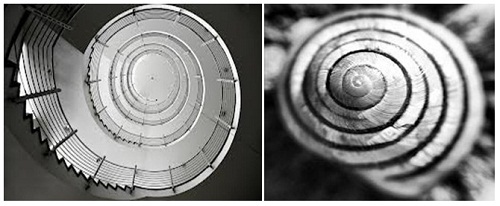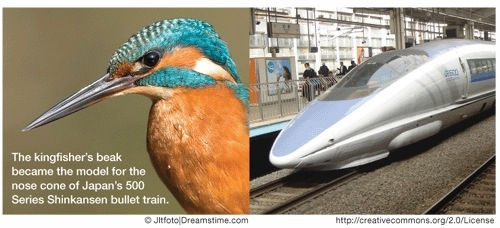Biophilia vs. Biomimicry vs. Bio-engineering
- Tamanna Mohapatra

- Jul 21, 2015
- 3 min read
In May 2015 I had attended a networking event on the topic of Biophilia. It’s easy to see the word has something to do with the love of nature (bio-nature, phila-attraction). It seemed very familiar to another word in the same realm- Biomimicry, which means imitating nature (bio-nature, mimicry-mimicking). And then one of the speakers started explaining the difference between these two words and another often heard term- bi-engineering. I don’t remember the exact definitions he gave but I decided it would probably be a good topic to learn about, blog on, and share. So here we are!
Let’s start with Bio-philia:
According to Terrapin, a sustainability consulting firm based in NYC that specializes on this topic, Biophilic design aims to create “spaces that help humans feel good,” and is based on the assumption that there is an instinctive bond between human beings and natural systems. Biophilia is thus a way of altering a physical environment such that it connects people with nature by mimicking natural systems. Learn more about it from these excellent blog pieces. An example of how Biophilic design can be embedded for better overall results is when the organic health bar company, Cliff Bar decided that their latest 200,000 sq. ft bakery, in addition to being LEED certified should also incorporate biophilic standards. Some of the enhancements introduced included-increased access to natural light and exterior views, use of native plants, and the use of native stone in the office area. Now doesn’t that bring to your mind an office environment that you would want to be at every single day?

So how does this concept differ from Bio-mimicry?
In my opinion, Biomimicry is a concept more applied in the world of product development. It involves basically looking at how nature works, (the practicality and efficiency of it) and then tries to mimick that in creating more creative and sustainable everyday products. Some like to call it “innovation inspired by nature.” The term itself was coined by Janine Benyus in 1997. Benyus went on to found The Biomimicry Guild, The Biomimicry Institute, and now B3.8. Here’s a great example of the vast potential of Biomimicry as tagged from this article in the Gaurdian.
Morpho butterflies’ wings appear cobalt blue despite lacking colour pigment. This optical illusion is due to the many layers of protein on the scales of the butterflies’ wings that refract light in different ways. In 2010, Australian designer Donna Sgro created a dress made from Morphotex – a fabric that imitates the microscopic structure of the wing using nanotechnology. This innovation also saves on water and energy used in conventional dyeing. Although Morphotex is no longer manufactured, butterflies’ iridescent wings have inspired another technological breakthrough – displays for mobile phones and other electronic devices that can be viewed under any light conditions.

That brings us to our last term for the day: Bio-engineering. So what is that?
According to online sources*, Biomedical engineering is a discipline that advances knowledge in engineering, biology and medicine, and improves human health through cross-disciplinary activities that integrate the engineering sciences with the biomedical sciences and clinical practice. A known example would be prosthetic body parts. But these days bio-engineering also refers to the alteration of genomes/genes to produce better biological products. It is a hotly debated topic as to how much humans should be allowed (if at all) to mess with biology. Join the conversation here if you so wish..

*Reference: http://www3.imperial.ac.uk/pls/portallive/docs/1/51182.PDF











Comments